Web 3.0 is coming but do we really need it? Where did Web 2.0 and Web 1.0 go?
What if there comes a new web that not only interprets the input but is so dynamic and interactive that it understands each and every detail you convey? Yes, I am talking about Web 3.0 which is said to be the new phase in the web’s evolution.
Web 3.0 is all set to be the next evolution of the World Wide Web, to which we also call ‘web’. Currently, the web is unable to fulfill all of the individual needs of each person experiencing it. However, Web 3.0 promises to redefine the web experience for all users around the globe. The security of your data is one wow element that makes it put a leg over Web 2.0. It reduces the risk of your personal data getting stolen making it more resilient to compromise.
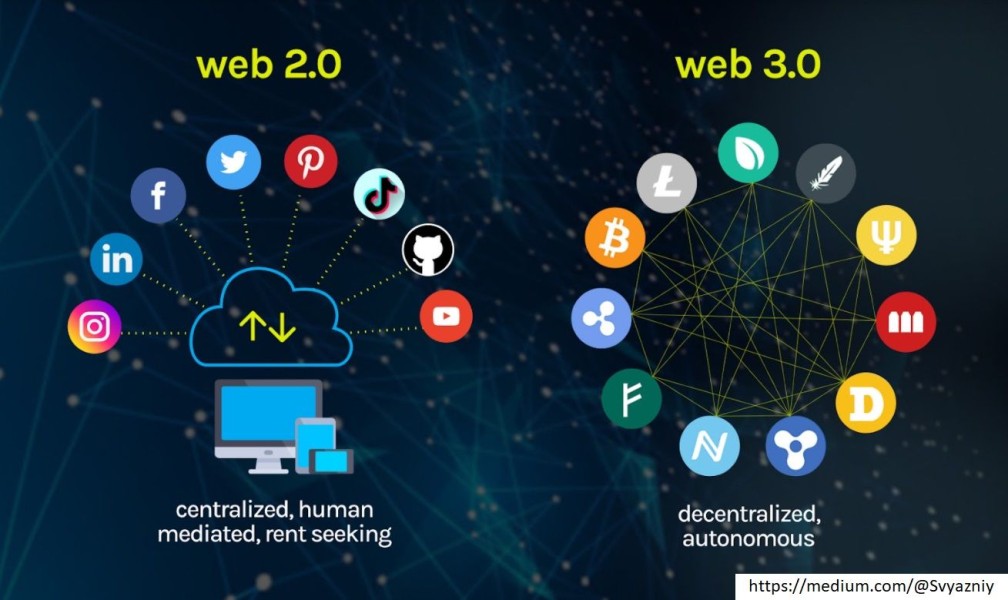
Read More: How To Buy and Sell Your First NFT On OpenSea? A Step By Step Guide For All Newbie
The Evolution Of Web
The internet has unquestionably been the most important revolution in terms of technology in the history of mankind. The first internet browser was launched back in 1991 and since then, we have witnessed a rapid expansion in the variety of features and functions made available for the users. It has come a long way in such a short period of time. Each evolution has come up with tons of new tools and techniques. At first, there was Web 1.0, then came Web 2.0 and now we are all ready to take a dive into Web 3.0.
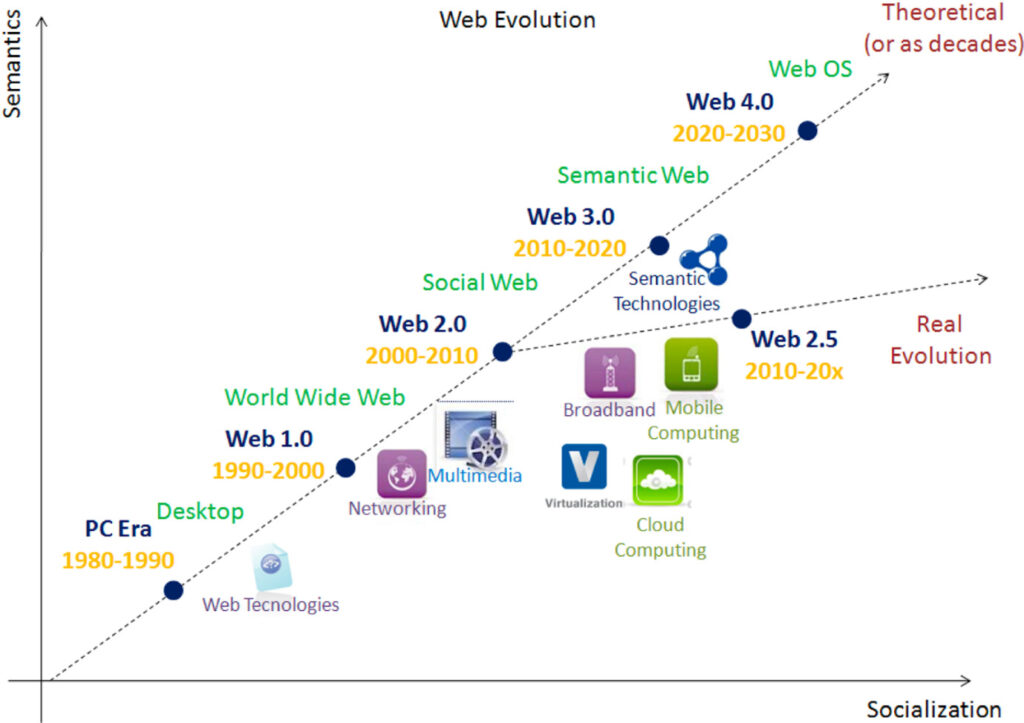
Web 1.0: The internet for corporations
The first version of the internet, also known as Web 1.0, was designed specifically for corporations. This meant that it was difficult for individuals to use, and most people didn’t even know how to access it. Only a few computer professionals were able to manage the internet and use it to benefit their companies.
One of the most notable features of Web 1.0 was that users were charged based on the number of pages they visited. This made it expensive to use the internet, and it limited the number of people who could access it.
Despite these limitations, Web 1.0 ushered in the dot-com boom, which ran from 1995 to 2000. This was a period of rapid growth for the internet, and it led to the creation of many new web firms.
Some of the most popular websites from the Web 1.0 era include MySpace, Google, LiveJournal, and Yahoo. These websites were all content delivery networks (CDNs) that allowed users to see static data on websites without having the chance to express their thoughts, opinions, or remarks.
While Web 1.0 was limited in many ways, it laid the foundation for the internet as we know it today. Web 2.0 and Web 3.0 have built on the features of Web 1.0, and they have made the internet more accessible and user-friendly.
The Concept Of Web 2.0
Before we go in depth of Web 3.0, we need to understand the concept of Web 2.0 and then move forward.
Since the evolution of the internet, websites were able to provide a much better interactive user experience. In the beginning, Web 2.0 included social networking platforms like Facebook where people are allowed to make their profiles and customize it however they want. It provides you with a space where you can share files and interact with other people on a large scale. Wikipedia replaced even the most comprehensive encyclopedias ever created.
Let’s shed some light on another social networking platform ‘YouTube’ where you can publish content that matches your interests. We have seen people become journalists, chefs, photographers, and whatnot just by posting videos or short films over the web. So, we can say that Web 2.0 was all about creating and sharing information on the Internet. Web 2.0 stood as the second stage in the evolution of the web. It was the period when websites shifted their focus more towards the user-generated and its usability to become the participative social web.
What Is Web 3.0?
What if computers can understand and help us find what we are exactly interested in?
Technology is moving forward with each passing day to provide a much richer user experience. The term Web 3.0 also known as ‘Semantic Web’ is undoubtedly the future of the web. It will not only allow the computers to interpret the information just like humans but will contribute to intelligently generating and distribute content tailored to the particular need of any user as well.
You must have used Apple’s Siri and Google’s Cloud API. These are some very common examples of Web 3.0 and what it has to offer.
Web 3.0 is termed as the third generation of the evolution of web technologies. It is still evolving rapidly and the developers are trying everything in their power to make it more defined. Your computers will be able to understand the meaning behind input and will help you find the exact piece of information that you look for.
WEB 2.0 VS Web 3.0
With the passage of time, Web 2.0 became more dynamic and social. But Web 3.0 is said to be smarter and more distributed than ever before.
Look at the table down below to be more clear about the differences between Web 2.0 and Web 3.0.
| WEB 2.0 | WEB 3.0 |
| Centralized The cloud services offered by Web 2.0 are operated by central authorities. | Decentralized Web 3.0 is built on consensus algorithms and its attractiveness is decentralization. |
| Fiat CurrencyAll the transactions are made with government used currency. For example, USD. | CryptoCurrencyAll the transactions are made using digital currencies. For example, Bitcoin or Ethereum, etc. |
| CookiesThe cookies help to track and provide personalization to the users. | NFTs The users will get unique non-fungible tokens that are recorded in the blockchain and possess a unique value. |
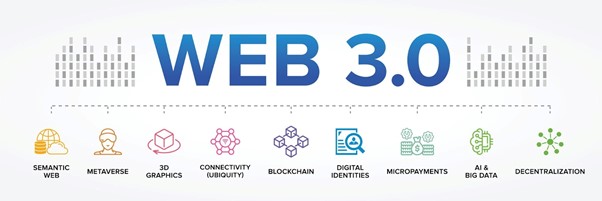
Web 3.0 & Its Correlation With Blockchain And Cryptocurrency
Without a doubt, Web 3.0 will make an extensive use of blockchain based technologies and will have a strong emphasis on decentralized applications like Tor, BitTorrent, Popcorn Time, BitMessage, and so much more.
Blockchain technology has been gaining heavy momentum for quite some time now. It would not be incorrect if we say that the area it has shown the most progress is the internet. When the majority of the population is looking for ways to invest in blockchain and crypto, Web 3.0 is all set to emerge as something bigger than the tech industry would have ever imagined. Web 3.0 aims to become the decentralized version of the Meta world. It enables the users to interact and collaborate without having to worry about the data specific repositories.
Here, we have shortlisted some of the top Web 3.0 cryptocurrencies you need to buy now before it booms in the upcoming months.
- Helium
Helium is a blockchain empowered network that uses a new algorithm to validate that the hotspots provide legitimate wireless coverage. It broadcasts data through radio waves and therefore, is recorded in the blockchain. You should definitely consider investing in this blockchain as it may earn you huge profits.
- Chainlink
Chainlink is a blockchain and an amazing technology platform that uses the right resources to present the ideal combination of a project unity. It has the potential to develop the project on much higher levels. The best feature of this blockchain is that it possesses an excellent community. This is one big reason why crypto investors prefer investing in Chainlink over many other cryptocurrencies. Another reason is that it can access any of the major blockchain networks like Tera, Ethereum, etc.
- Filecoin (FIL)
Filecoin is another decentralized storage network which is used to store almost any sort of data. It may be a sound clip, a still image, a video clip, or even a text. It is a secure platform for centralized cloud storage. It is surely one of the top Web 3.0 cryptocurrencies and you must buy it today before it booms in the future.
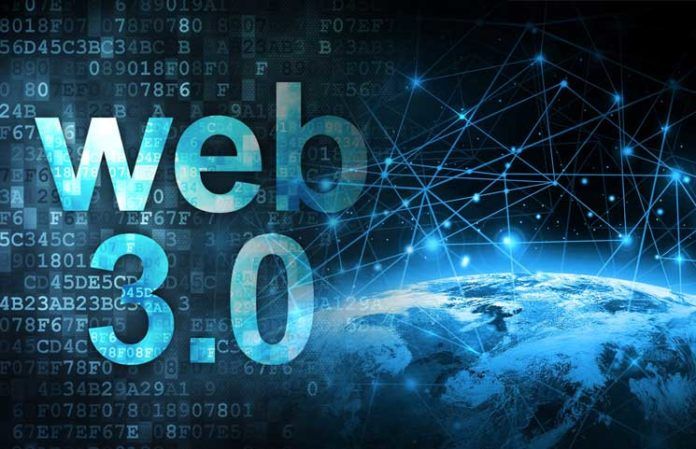
Misconception about Web3
A significant misconception that Pitkevich highlights is – metaverse and Web 3.0 are the same. In reality, metaverse is just users interacting with the presentation/interactive layer, whereas Web 3.0 is the entire architecture with every level decentralized.
Web 3.0 will bring about complete upheaval in the way businesses and consumers interact with each other online, making the customer experience more personalized. Users can collectively contribute to product creation, being fairly paid for their contributions as co-investors and creators with no central authority authorizing these payments
– Alexandra Pitkevich, principal, business consulting, EPAM Systems
Web 3.0 – The Future Of Internet
Now comes the real question. Do we really need Web 3.0? The answer is YES! The internet has changed our lives in many ways. Web 3.0 is very essential as it can be a big help to businesses. They will be able to streamline their operations which will facilitate communication and collaboration between the employees for a more efficient business.
Not only that, Web 3.0 will enable its users to see endless content and resources which will be easily accessible to all. The features and applications that Web 3.0 has to offer are really from a whole other level of the Meta world. Web 3.0 is just a glimpse of what the internet will look like in the coming few years.
For more crypto-related news, keep following us at www.thenftnews.org

Eman is an experienced content writer working with The NFT news since 2020. She is passionate about helping people understand the latest trends in cryptocurrency, metaverse, NFTs and so much more. In addition to writing for NFTnews, she has been proactively working with several other businesses for the past 4 years.


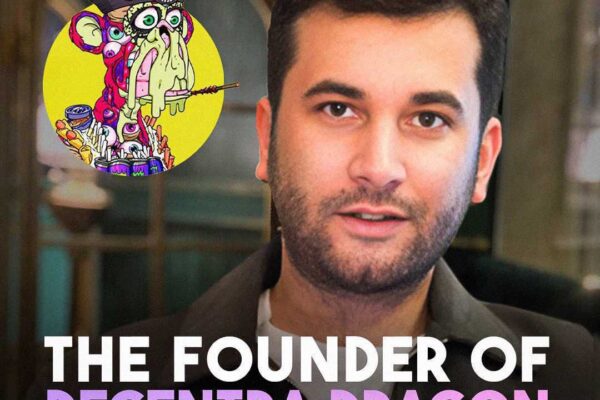
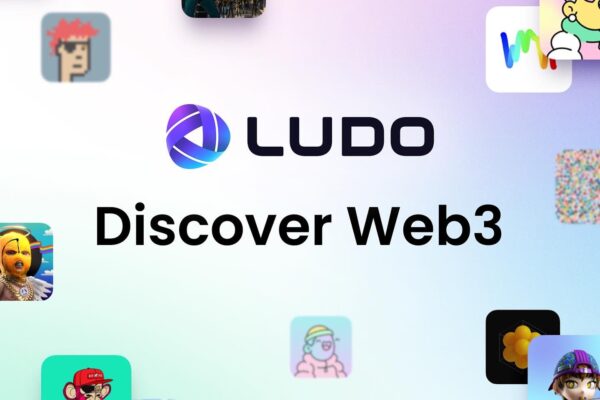

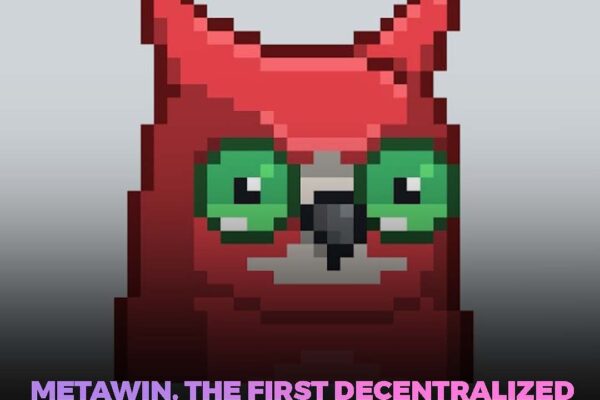
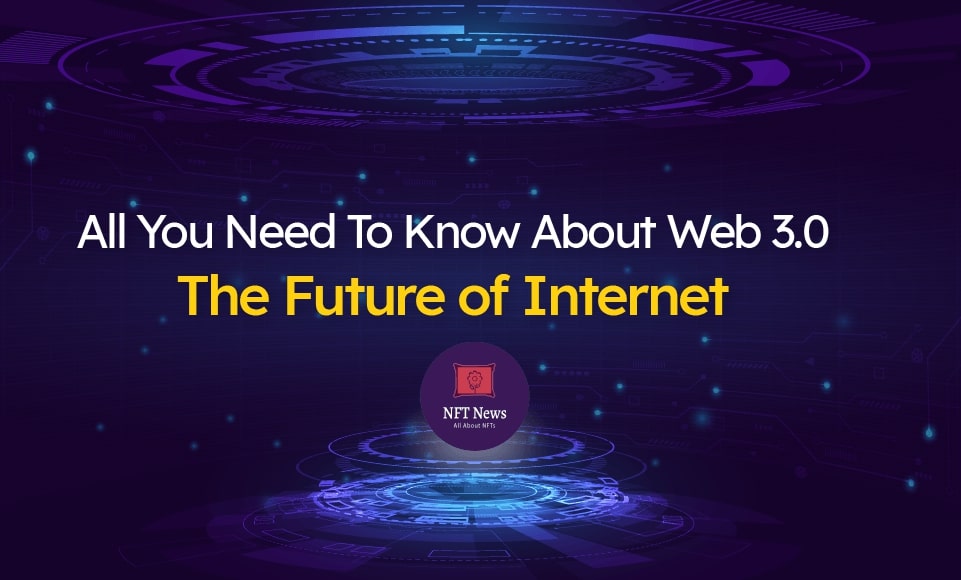

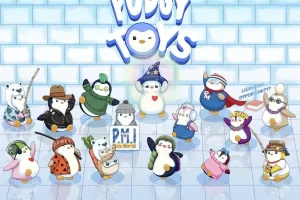

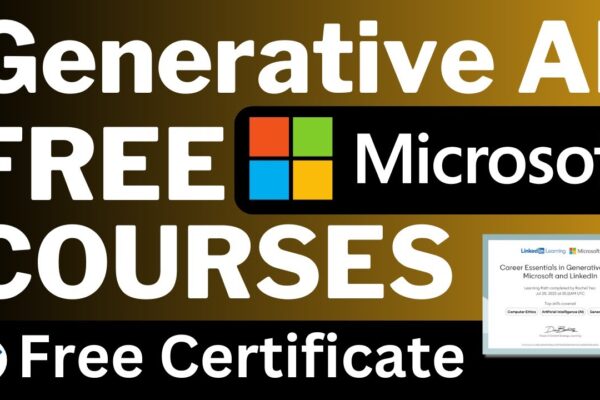
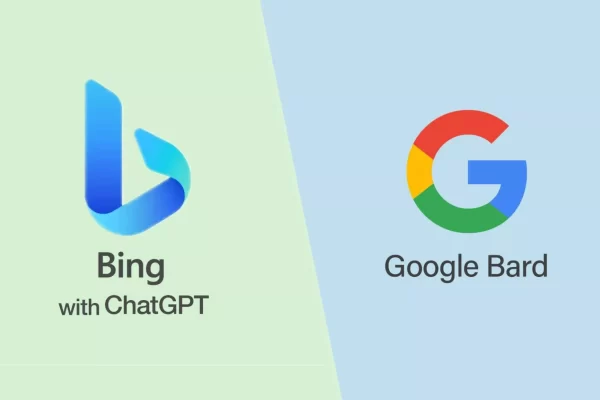
You have observed very interesting details! ps decent internet site.
Excellent post. I was checking constantly this blog and I am inspired! Very useful information particularly the final part 🙂 I handle such information much. I used to be seeking this particular info for a long time. Thank you and best of luck.
I am extremely inspired along with your writing talents as smartly as with the layout on your weblog. Is that this a paid theme or did you customize it your self? Anyway stay up the excellent quality writing, it’s rare to see a great weblog like this one today..
Thanks a bunch for sharing this with all of us you really know what you are talking about! Bookmarked. Kindly also visit my site =). We could have a link exchange agreement between us!
As a Newbie, I am always searching online for articles that can benefit me. Thank you
I?¦ve been exploring for a bit for any high quality articles or weblog posts in this kind of area . Exploring in Yahoo I ultimately stumbled upon this site. Studying this information So i am happy to exhibit that I’ve an incredibly good uncanny feeling I came upon just what I needed. I so much indubitably will make sure to do not omit this website and provides it a look on a relentless basis.
I’m really loving the theme/design of your website. Do you ever run into any browser compatibility issues? A handful of my blog visitors have complained about my site not working correctly in Explorer but looks great in Firefox. Do you have any tips to help fix this problem?
Wow! This can be one particular of the most helpful blogs We’ve ever arrive across on this subject. Actually Magnificent. I am also an expert in this topic therefore I can understand your hard work.
Once I originally commented I clicked the -Notify me when new feedback are added- checkbox and now each time a comment is added I get four emails with the identical comment. Is there any approach you can take away me from that service? Thanks!
The next time I read a blog, I hope that it doesnt disappoint me as much as this one. I mean, I know it was my choice to read, but I actually thought youd have something interesting to say. All I hear is a bunch of whining about something that you could fix if you werent too busy looking for attention.
Este site é realmente fantástico. Sempre que acesso eu encontro coisas diferentes Você também vai querer acessar o nosso site e saber mais detalhes! conteúdo único. Venha descobrir mais agora! 🙂
Nice read, I just passed this onto a friend who was doing a little research on that. And he just bought me lunch as I found it for him smile Therefore let me rephrase that: Thanks for lunch!
Oh my goodness! an incredible article dude. Thank you However I am experiencing concern with ur rss . Don’t know why Unable to subscribe to it. Is there anyone getting an identical rss drawback? Anyone who is aware of kindly respond. Thnkx
Have you ever considered about including a little bit more than just your articles? I mean, what you say is fundamental and everything. But just imagine if you added some great images or videos to give your posts more, “pop”! Your content is excellent but with images and clips, this website could certainly be one of the most beneficial in its field. Awesome blog!
There is perceptibly a lot to know about this. I think you made certain good points in features also.
Simply want to say your article is as astounding. The clarity in your post is simply spectacular and i can assume you’re an expert on this subject. Well with your permission let me to grab your RSS feed to keep up to date with forthcoming post. Thanks a million and please continue the rewarding work.
Just wanna input on few general things, The website design is perfect, the articles is real excellent : D.
excellent points altogether, you just gained a new reader. What would you recommend about your post that you made a few days ago? Any positive?
I like the valuable information you provide in your articles. I will bookmark your blog and check again here frequently. I am quite sure I?ll learn lots of new stuff right here! Best of luck for the next!